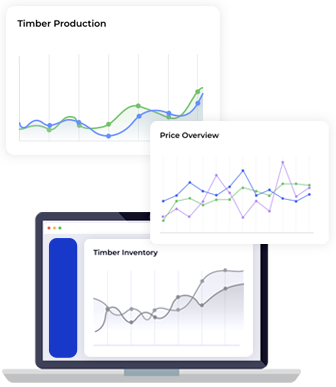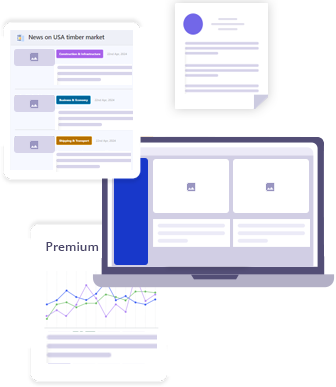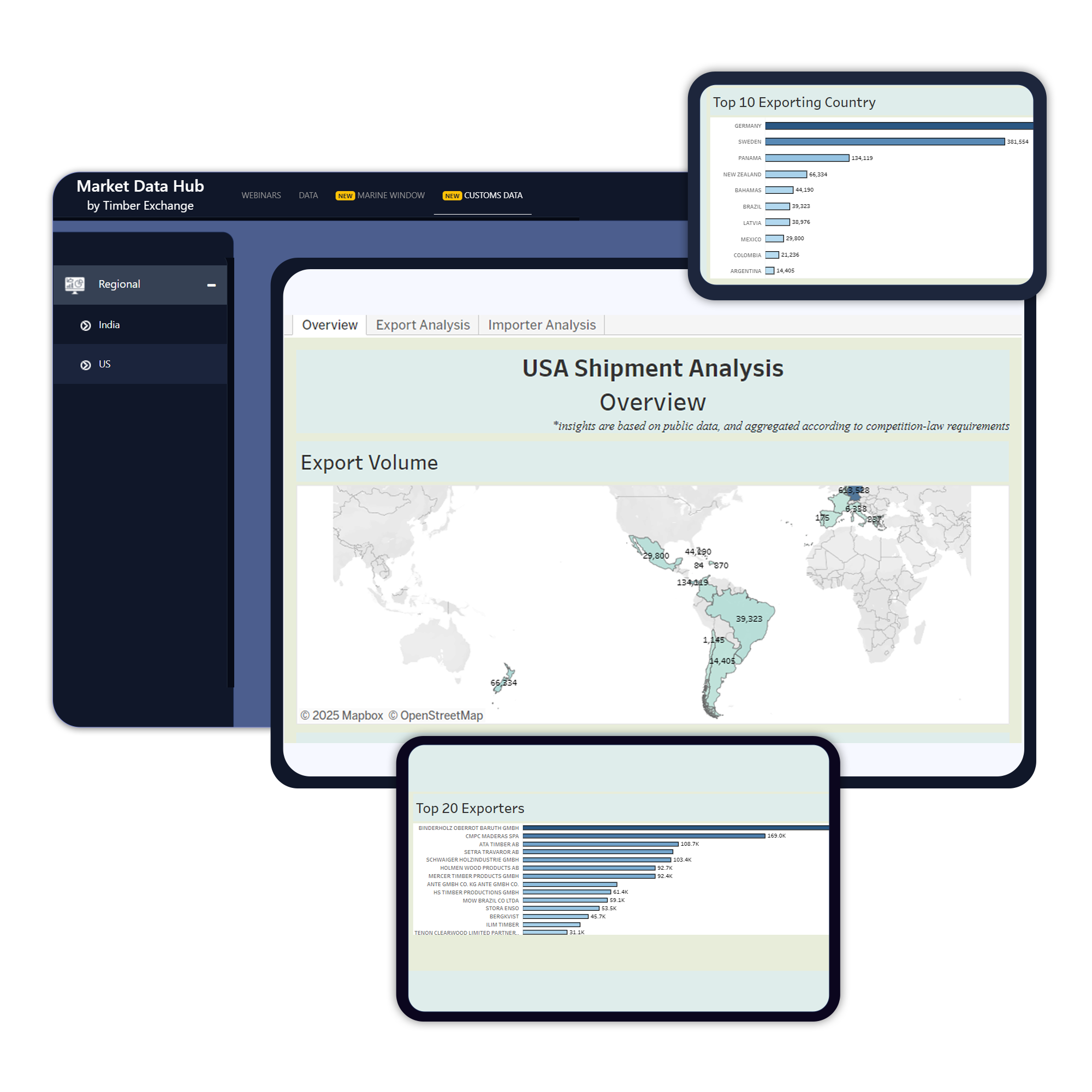
Q2 sees remarkable surge as credit balances cross $1 Trillion, up 4.6% from Q1
Posted on August 14, 2023 |
Credit card debt has surged to a new peak, exceeding $1 trillion, as indicated by recent data from both the Federal Reserve Bank of St. Louis and the New York Fed.
Over the past year, a growing number of Americans turned to revolving credit, effectively managing the increased debt burden despite banks scaling back lending to riskier borrowers.
The impending conclusion of the student loan payment suspension in October introduced a potential complication to the economic landscape.
Despite facing several challenges, such as high-interest rates and recent banking setbacks, there is limited widespread evidence of significant financial distress among American consumers.
During the quarter, the count of credit card accounts surged by 5.48 million, reaching a total of 578.35 million, with the combined credit limit witnessing a rise of $9 billion to reach $4.6 trillion.
While delinquency rates for credit cards have experienced a slight uptick, particularly among younger age groups, they seem to be stabilizing at levels comparable to those seen before the pandemic.





